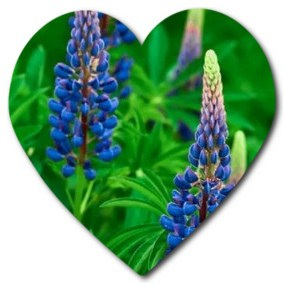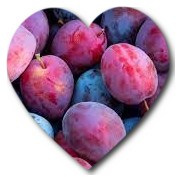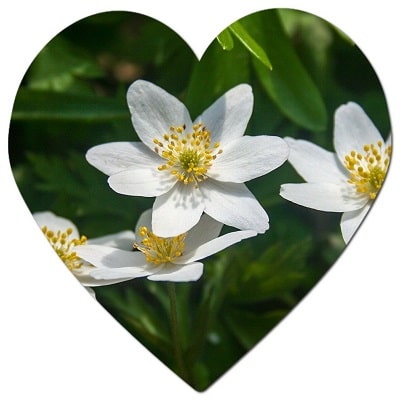Is the land in Stavanger fertile, Stavanger, like much of Norway, has a varied landscape with different soil types. The fertility of the land can vary depending on factors such as topography, climate, and human activities. In general, the coastal areas of Stavanger may have more fertile soil compared to the mountainous or rocky terrains. Coastal regions benefit from the influence of the warm North Atlantic Drift, which moderates temperatures and contributes to more favorable conditions for agriculture. Fertile soils in these areas may support a variety of crops, grasslands, and vegetation.
However, it’s important to note that Norway’s overall terrain is characterized by mountains, fjords, and rocky landscapes, which can limit the extent of arable land. Additionally, there may be variations in soil fertility even within specific regions of Stavanger. While agriculture is practiced in the region, it’s not as prominent as in some other parts of Europe due to the challenging terrain. Farming activities often include the cultivation of crops such as potatoes, grains, and vegetables, and livestock grazing in more suitable areas.

In summary, the fertility of the land in Stavanger varies, with coastal areas potentially having more fertile soil compared to the more rugged and mountainous terrains. The local agriculture and vegetation are adapted to these diverse landscapes. Stavanger, located on the southwest coast of Norway, experiences a temperate oceanic climate with mild winters and cool summers. The climate is influenced by the warm North Atlantic Drift, which helps moderate temperatures. This type of climate is generally favorable for a variety of plants. Here are some common plants that you might find growing in Stavanger:
- Native Trees and Shrubs:
- Norway Spruce (Picea abies)
- Silver Birch (Betula pendula)
- Rowan (Sorbus aucuparia)
- Downy Birch (Betula pubescens)
- Common Juniper (Juniperus communis)
- Flowers and Wildflowers:
- Lupine (Lupinus spp.)
- Bluebell (Hyacinthoides non-scripta)
- Common Cowslip (Primula veris)
- Wood Anemone (Anemone nemorosa)
- Meadow Buttercup (Ranunculus acris)
- Fruits:
- Apples
- Plums
- Cherries
- Strawberries
- Perennials:
- Hosta
- Geranium
- Astilbe
- Bergenia
- Vegetables:
- Root vegetables like carrots, potatoes, and turnips.
- Leafy greens such as lettuce and kale.
- Brassicas like cabbage and broccoli.
- Coastal Plants:
- Sea thrift (Armeria maritima)
- Sea campion (Silene uniflora)
- Sea holly (Eryngium maritimum)

It’s important to note that the specific plants you find can vary based on factors like soil type, altitude, and local microclimates. Additionally, many gardens in Stavanger may feature a mix of native and cultivated plants that are well-suited to the local climate. If you’re interested in gardening or identifying local flora, you might find local botanical gardens or horticultural societies helpful resources.
Native flowers growing in Stavanger
Stavanger’s natural environment is characterized by its temperate oceanic climate and diverse landscapes, which include coastal areas, woodlands, and meadows. Here are some native flowers that you might find growing in and around Stavanger:

- Wood Anemone (Anemone nemorosa): A delicate white flower that often carpets woodland floors in early spring.
- Bilberry (Vaccinium myrtillus): Produces small, purple berries and is commonly found in heathlands and forests.
- Cow Parsley (Anthriscus sylvestris): A tall, airy plant with white, lacy flower clusters that bloom in late spring and early summer.
- Common Sorrel (Rumex acetosa): Recognized by its arrow-shaped leaves, common sorrel produces tiny red or green flowers.
- Meadow Buttercup (Ranunculus acris): A bright yellow flower found in meadows and grassy areas.
- Harebell (Campanula rotundifolia): Delicate blue or violet bell-shaped flowers that thrive in dry grasslands and rocky areas.
- Heath Spotted Orchid (Dactylorhiza maculata): A native orchid species that can be found in damp meadows and heathlands.
- Foxglove (Digitalis purpurea): Tall spikes of tubular flowers, usually purple, pink, or white, commonly found in woodlands and along roadsides.
- Lady’s Mantle (Alchemilla spp.): Characterized by its scalloped, fan-shaped leaves and clusters of small yellow-green flowers.
- Common Knapweed (Centaurea nigra): A thistle-like flower with pink to purple blooms, often found in meadows.
Remember that the availability of these flowers can vary depending on the specific habitat and local conditions. If you’re interested in exploring native flora, consider visiting local nature reserves, parks, or botanical gardens in the Stavanger region. Additionally, field guides specific to Norwegian flora can be valuable resources for plant identification. Flowers for Stavanger >>
Is there a plant native to Stavanger?
Stavanger, being a city in Norway, has various native plants that are typical of the country’s temperate climate and diverse ecosystems. One notable native plant in Norway, including the Stavanger region, is the Norway Spruce (Picea abies). This coniferous tree is commonly found in Norwegian forests and contributes to the country’s rich forestry industry.
Other native plants that you might encounter in and around Stavanger include:
- Bilberry (Vaccinium myrtillus): A low-growing shrub that produces small, dark berries and is prevalent in heathlands and forests.
- Rowan (Sorbus aucuparia): A deciduous tree known for its clusters of bright red berries, often found in woodlands.
- Juniper (Juniperus communis): A coniferous shrub with distinctive needle-like leaves and berry-like cones, growing in a variety of habitats, including heathlands.
- Wood Anemone (Anemone nemorosa): A spring-flowering perennial that carpets woodland floors with delicate white flowers.
- Bog Bilberry (Vaccinium uliginosum): Similar to bilberry, this plant is adapted to wetter habitats like bogs and wet heathlands.
- Heather (Calluna vulgaris): A low-growing shrub with small pink or purple flowers, characteristic of heathlands.
- Common Sorrel (Rumex acetosa): An herbaceous perennial with arrow-shaped leaves, often found in meadows.
- Mosses and Lichens: Due to Norway’s moist climate, various mosses and lichens thrive in natural environments, contributing to the rich biodiversity.
It’s important to note that the specific plant species can vary based on the local habitat, altitude, and other environmental factors. For more accurate information, you might want to refer to regional field guides or consult with local botanical experts and nature conservation organizations in the Stavanger area. Plants and flower species growing in Stavanger >>
